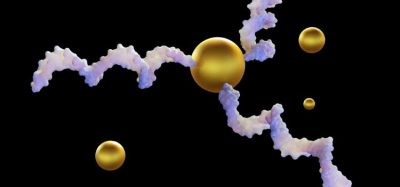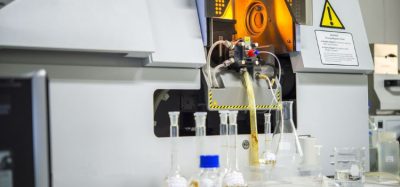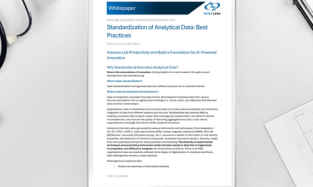Infrared spectroscopy could reduce dependence on colonoscopy
Posted: 24 August 2017 | Dr Zara Kassam (European Pharmaceutical Review) | No comments yet
A fast, simple blood test for ulcerative colitis using infrared spectroscopy may provide a cheaper, less invasive alternative for screening compared to colonoscopy…


Researchers have used Attenuated Total Reflectance Fourier Transform Infrared (ATR-FTIR) spectroscopy to examine the blood serum of mice with colitis and found nine absorption peaks that could be used to indicate the presence of the disease in the blood sample.
The findings suggest a new testing procedure that could be developed to help doctors easily screen patients for ulcerative colitis.
This blood test is much quicker, less invasive and much less expensive compared to colonoscopy. There are no risks, except a simple finger prick to get a blood sample, said Dr Unil Perera, Regents’ Professor of Physics, and Dr Didier Merlin, Professor in the Institute for Biomedical Sciences.
In this study, the researchers used two groups of mice with different types of colitis, chronic and acute. The mice with chronic colitis, the interleukin 10 (IL 10) mice, had a gene modification that allowed them to develop colitis. The mice with acute colitis, the Dextran Sodium Sulphate (DSS) mice, were administered DSS in their drinking water for seven days, and they developed colitis over time. The control group in the study was mice before they were fed DSS.
The researchers collected blood and faecal samples from the control and colitis groups and performed ATR-FTIR spectroscopy on the blood samples, sending infrared light into the samples over a wide range to find the absorption peaks. Then, they compared the control and colitis blood samples using ATR-FTIR absorbance spectra to identify differences between them.
“We have identified nine places where there are differences,” said Dr Perera.
In the future, the researchers will increase the number of samples to prove their accuracy is strong. They’ll probably find they don’t need all nine absorbance peaks to identify mice with colitis, Dr Perera said.
“In addition, the use of ATR-FTIR spectroscopy on serum samples could identify spectral signatures specifically predicting the development of colitis, thereby positively affecting drug management,” said Dr Merlin. “We also anticipate that the use of this method will be able to evaluate human serum samples to identify spectral signatures that can distinguish between Crohn’s disease and ulcerative colitis.”
“We can design detectors for only the narrow peaks that we really need,” Dr Perera said. “That way a doctor’s office should be able to afford the test and add it to existing blood tests, since people usually don’t worry too much about giving a little bit of blood. Around the world, this is even more critical because colonoscopy is very, very expensive and people may not have access. This technique can also lead to other applications, like screening for cancer and other diseases.”








